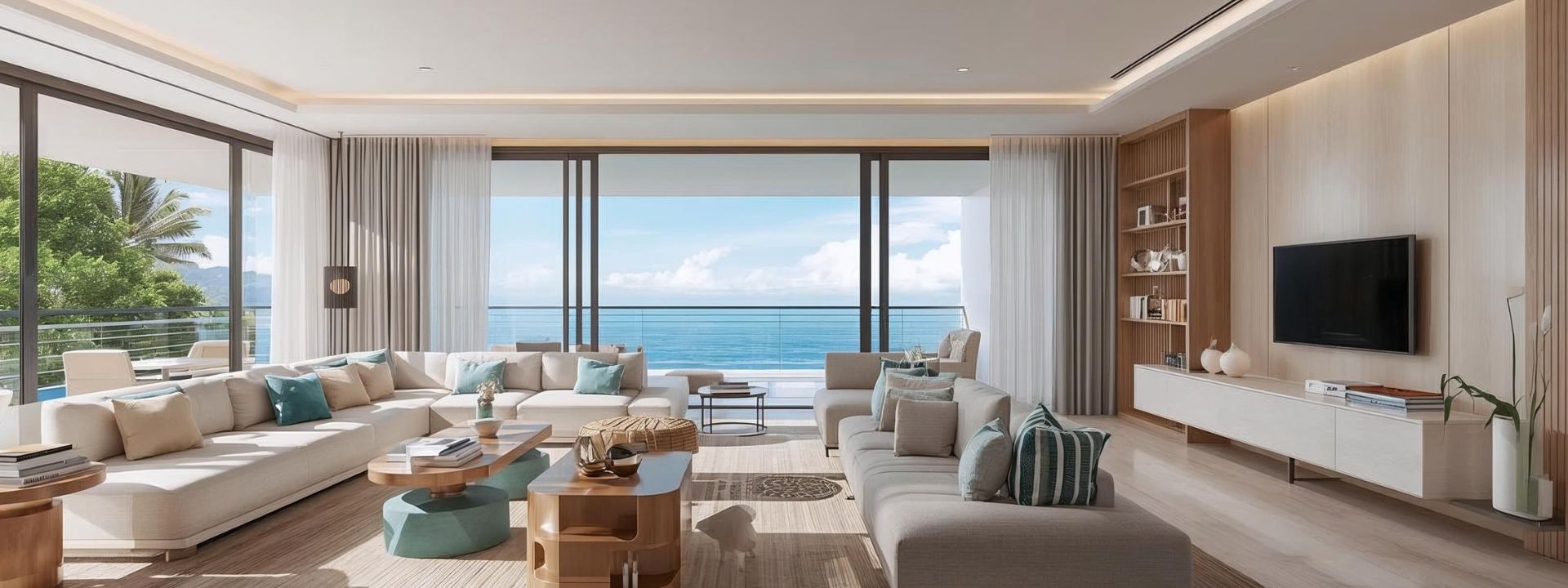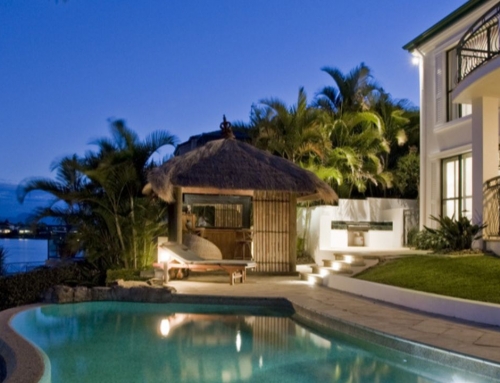By Phuket News Property · November 27, 2025
Phuket’s condominium sector continues to show stability in 2025. Recent supply and absorption data indicates that international demand remains steady, even following an unusually active development period.
Record supply in 2024 with strong absorption
In 2024, developers launched 14,718 new condominium units across 56 projects, lifting total condo inventory to around 37,458 units. Healthy buyer activity meant approximately 23,839 units were absorbed by the end of the year, resulting in a take up rate of 63.64 percent.
This indicates that demand is still keeping pace with the high volume of new supply.
Developers reduce launch volumes in 2025
During the first half of 2025, new launches slowed compared to the previous year. Reports show a year on year drop of around 25 percent in newly launched condo units. The shift suggests greater caution among developers as they monitor market absorption and global conditions.
This reduction in pipeline may help support price stability and mitigate oversupply concerns.
Condominiums remain popular with multiple buyer types
Entry level pricing, ease of maintenance and flexible usage continue to make condos attractive for residents relocating to Phuket. Long stay professionals, retirees and smaller families increasingly choose practical layouts in well managed projects.
Demand persists for modern facilities and convenient access to shopping, healthcare and activity hubs.
Rental demand continues to support buyer confidence
Prime and high demand areas continue to achieve competitive rental returns. Buyers who plan occasional personal use and part time rentals still find condominiums appealing, especially in well established west coast locations.
The mixed profile of lifestyle users and income seeking owners contributes to market resilience even during periods of slower launch activity.
Outlook supported by diversified demand
Market observers expect steady activity throughout 2025 driven by a balance of lifestyle relocators, long stay renters and overseas buyers. As new supply enters the market at a more measured pace, well located and well managed developments are positioned to perform more consistently.





